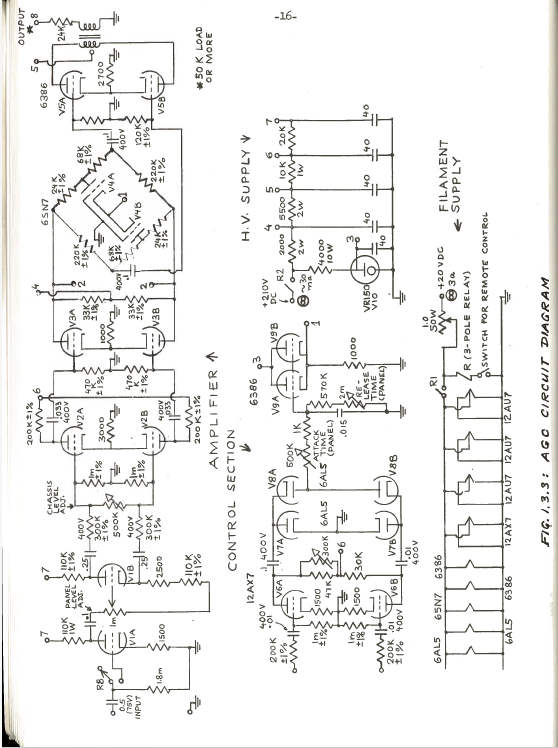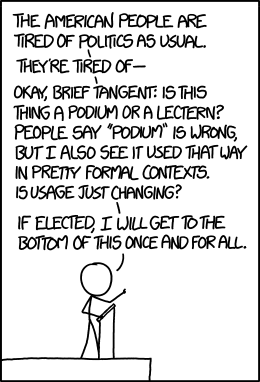Brain Wars: Tobermory
 Joe Pater's Brain Wars project "is intended to support the preparation of a book directed at the general public, and also as a resource for other scholars":
Joe Pater's Brain Wars project "is intended to support the preparation of a book directed at the general public, and also as a resource for other scholars":
The title is intentionally ambiguous: “wars about the brain” and “wars between brains”. As well conveying the some of the ideas being debated, their history, and their importance, I plan to talk a bit about the nature of intellectual wars: Why do they happen? What are their costs and benefits? I hope that I’ll finish it by 2021, the 50th anniversary of Frank Rosenblatt’s death.
The planned book is about debates in cognitive science, and Joe is currently focusing on Frank Rosenblatt. The most recent addition describes Tobermory, a 1963 hardware multi-layer neural network for speech recognition:
Nagy, George. 1963. System and circuit designs for the Tobermory perceptron. Technical report number 5, Cognitive Systems Research Program, Cornell University, Ithaca New York.
Read the rest of this entry »





